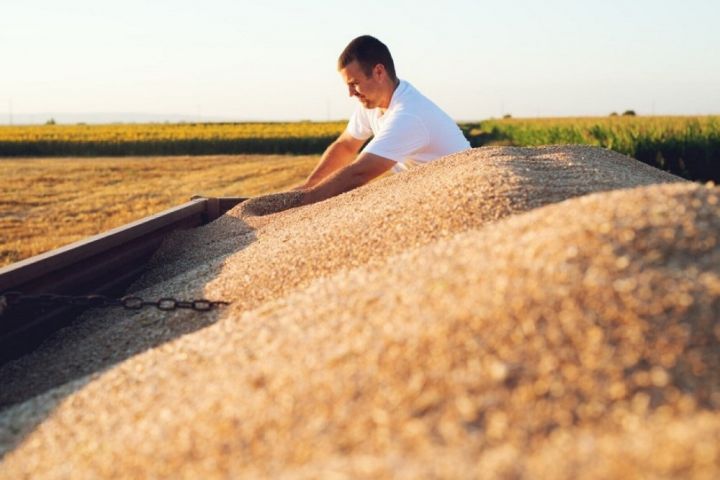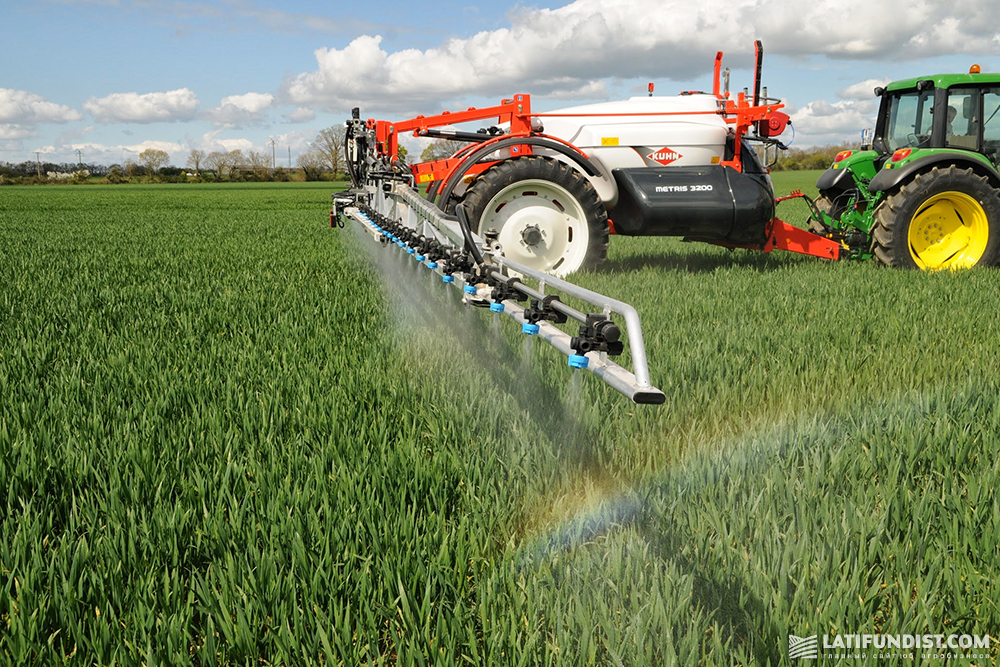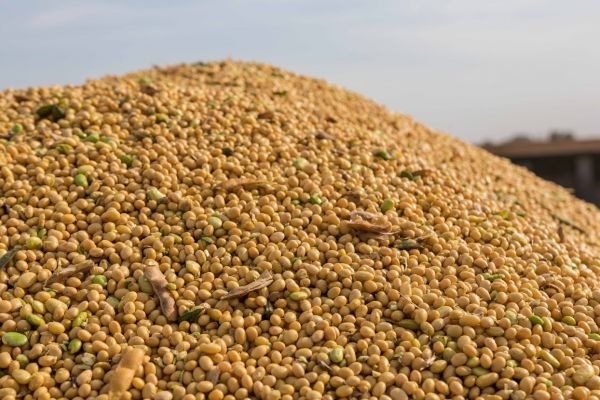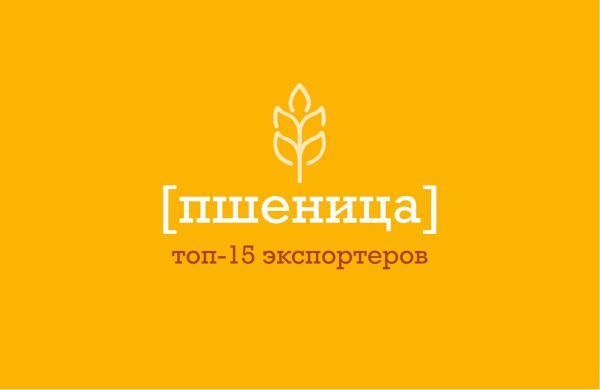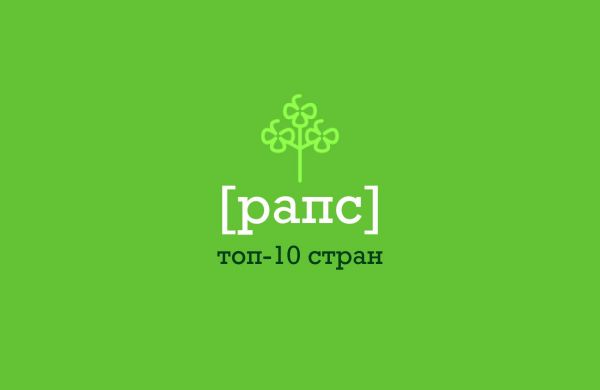Arina Korchmaryova: Agricultural Producer Should Be Responsible for Primary Quality of Grain
The chlorpyrifos(Chlorpyrifos (CPS) is an organophosphate pesticide used on crops, animals, and buildings, and in other settings, to kill a number of pests, including insects and worms.) issue is keeping the agricultural market agitated. And although Europe will ban the active substance in October, traders, elevator and terminal operators are already racking their brains about the perspectives of working under the new conditions. At what stage are the residues of the substance to be tested, who will be responsible for detecting them and under what circumstances, how do agrarians find affordable crop protection products?
The Cotecna surveyor company regularly answers these and many other questions from market participants. We talked to the Vice President of Cotecna Inspection Business Group for Baltic, Black and Caspian Seas Market Arina Korchmaryova about the current situation with chlorpyrifos, what happens after it is banned.
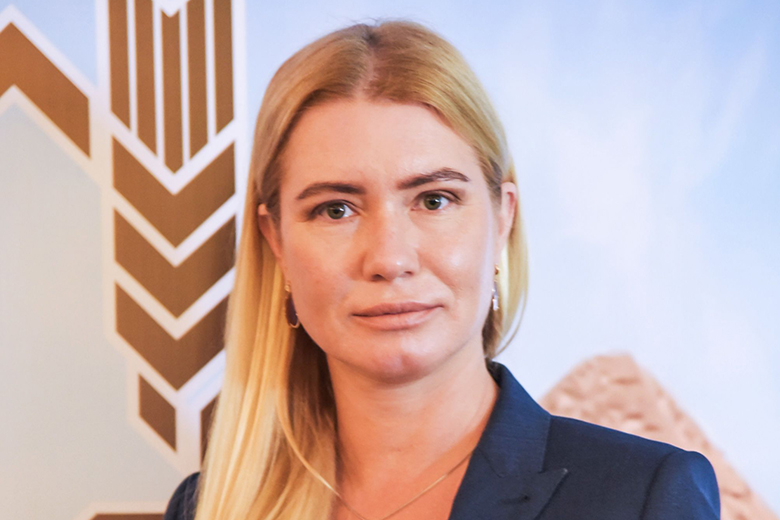
Latifundist.com: How frequent are the requests from traders, agricultural companies, terminals regarding grain analysis for chlorpyrifos traces? In what crops and how often do you find them?
Arina Korchmaryova: We believe that it is well worth shifting the accent a bit. If earlier we received a request to trace pesticides in accordance with EU limits without special requirements, now our regular customers request us to focus on chlorpyrifos and methyl chlorpyrifos. Yes, we can see that this issue is of concern to traders. In particular, they were interested in the possibility of reducing LOQ (a limit of quantification of an analyzed substance at which quantitative results can be reported with a high degree of confidence – Ed.) from the traditionally acceptable value of 0.01 ppm to 0.005 ppm. Thanks to our equipment, we were able to fulfil this wish. Moreover, the LOQ reduction allows the client to better understand the real picture and assess risks. On the other hand, it should be noted that the decrease in LOQ has changed the percentage of categories "detected (value)" and "not detected, ND". Limit values in the range 0.005 - 0.009 ppm, previously interpreted as ND, have now become "detected". Therefore, it should be recognized that the crops for which the limits have been tightened will indeed require a revision of the modes, or even abandoning these insecticides at all.
At the same time, for instance, for sunflower, the current EU limit is still 0.01 ppm, which unfortunately does not stop farmers who use chlorpyrifos in the field and/or in warehouses incorrectly or untimely.
Latifundist.com: Many traders and processors have appealed to agricultural producers to stop using chlorpyrifos-based preparations. Some agriproducers claim that alternative products are much more expensive. In your opinion, how painless will the transition to alternative products be for farmers in terms of price and efficiency?
Arina Korchmaryova: We are convinced that it is perfectly possible. There are a number of highly effective new-generation insecticides, which are indeed more expensive, but the cost per unit area and efficiency lead to a quite comparable economic result. If one considers this topic in more detail, it is possible to develop safe schemes of crop protection from pests avoiding considerable financial expenses, but with guarantees of successful compatibility with the EU requirements. And, of course, we strongly recommend buying CPP from authorized suppliers rather than saving on quality.
Latifundist.com: As we understand it, there exists a problem with the administration. One cannot physically check every machine: it is taking much time (24 hours minimum) and costly. Then comes the mixing of grain in a silo if the suppliers are numerous. The composite analysis will not give specifics in the estimate of who brought the grain with the residues of chlorpyrifos. How does one get out of this vicious circle?
Arina Korchmaryova: For starters, we recommend splitting the question into two phases.
The first stage is the "linear elevator", where the crop comes directly from the field. It can be an independent enterprise or an elevator owned by the farm. The crop that arrives at the elevator can either belong to the farm, or it can be purchased from independent farmers or it can be stored without a back buying. Last two cases are characterized (under contract with farmers) by depersonalization and mixing of small lots into larger ones. At the same stage processing/drying takes place, and the incoming crop is accepted on only two or three parameters: moisture, impurities and (for wheat) protein. Obviously, we are not talking about safety parameters at this stage. The owners of the elevator will consider such monitoring on the one hand economically inexpedient (at whose expense?), and on the other hand, such control can scare away farmers – potential sellers.
Although, it should be recognized that verification of this very stage would give the most reliable picture of the correctness of the farming process. Thus, when purchasing small lots of grain from farmers and depersonalizing/mixing them, the owners of linear elevators actually take further responsibility for the quality of this cargo including safety parameters.
The second stage is "port terminal". When the cargo arrives at the terminal, the starting point and the name of the cargo becomes the owner of the linear elevator from which the cargo came. For the terminal, we have faced the issue of authorization and in this situation, the "composite by supplier" helps to track the problem. The scheme is quite simple but requires the correct quality system for sampling and storage. Vehicle`s acceptance regulations are different for each terminal, but traceability is a mandatory condition.
To isolate a supplier of contaminated cargo, the following will be required: an arbitration sample from each vehicle, a composite by supplier and daily samples.
However, the weak point of this approach is the need for several small transshipment warehouses/capacities that will cut off the contaminated cargo and not spoil a good one. A transshipment warehouse should be of such volume that, at the average intensity of the terminal`s work, it will be filled within two to three days maximum, followed by pesticide analysis for the composite representing the warehouse. If an excess is detected, it will be possible with the minimum number of composites/tests to recover the picture and to identify the supplier of the cargo with excess.
This scheme concerns purchasing from small linear elevators and farmers who left their crops in storage to the elevator but decided to sell them themselves. Port terminals, especially the export-oriented ones, tend to understand the risks when purchasing small lots and pay sufficient attention to both quality and safety parameters.
Latifundist.com: Some big traders, oriented to Europe, say that they are already doing analysis for ChP residues at the terminal itself, and, based on this, decide where to send the grain. In this sense, we would like to understand who is responsible for the costs and the task of grain analysis for ChP – the agricultural producer (some traders ask the farmers to add the data on the ChP in the protocol for the absence of GMOs), the linear elevator at the stage of crop acceptance or the terminal? Or is it all a trader's interest and it does not matter at what stage he will check – the main thing is that the grain is clean?
Arina Korchmaryova: In fact, the most interested is the trader, because he is the one who selles for export and he needs no problems and no fines for substandard cargo. But from our point of view, the responsibility for the primary quality of grain should be on the producer (farmer). Previously, there was an internal certification of grain – the bread inspection controlled the cargo and quality, which was reflected in the batch certificate. And in the same certificate, the composition of this batch was recorded up to the farm. However, now there are no certificates and it is almost impossible to restore the quality composition of the batch, which was formed on the linear elevator by mixing of different producers. This leads to the fact that even if the terminal detects from which linear elevator the contaminated cargo was received, it can not identify the initial farmer and the responsibility falls on the actual intermediary – the linear elevator.
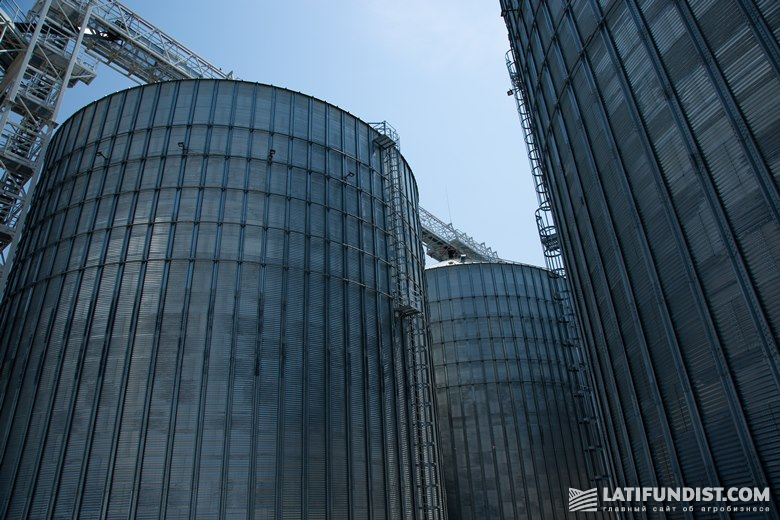
The whole world is now moving to a "from the field to the table" control scheme, which involves the certification of the farmer and his responsibility for the correct use of the CPAs. In fact, there should be a base of agricultural enterprises that are officially controlled/certified. And such traceability will allow us to understand unequivocally the quality of production from each producer.
Latifundist.com: Some agronomists believe that ChP can be applied, but only in certain periods (as we understood, before flowering), which will help to avoid or minimize the quantity of residues. Is it really so?
Arina Korchmaryova: Any certified CPA is obligatory accompanied by a recovery scheme. Authorized CPA developers such as Bayer, Monsanto, Syngenta are studying in detail the impact of the pesticide on plants, soil, insects, as well as the distribution in green mass, half-life and residues in the mature harvest – by the way, chlorpyrifos – one of the most comprehensively studied pesticides, almost everything is known about it. If you work with it correctly and follow all recommendations, there should be no excesses.
Unfortunately, many farmers neglect the recommendations of the producer, acting on the principle "the more, the better", which leads to further excesses.
And we have already mentioned above the unwillingness to use uncertified pesticides.
Latifundist.com: We have heard that state laboratories are handing out conclusions about the absence of ChP residues, although they do not have the necessary equipment for that. Is that so or is the problem exaggerated?
Arina Korchmaryova: We have no reliable information on the technical capabilities of state laboratories. However, an indirect analysis of the situation, which is based on the lack of funding for state laboratories, the inability to purchase new modern equipment and consumables, leads us to assume that this may be a sad truth in some cases. We have repeatedly encountered "clean" protocols issued by various laboratories (not necessarily state laboratories), while the inevitable incoming control of the receiving party has shown the presence of contamination and exceeding EU limits.
In the European Trade Area, a database recording cargo, country of origin, contaminant, and contamination levels is very popular. This information becomes public and damages the image of the country and the seller of the cargo. Therefore, self-respecting traders prefer to have a reliable picture given by independent certification companies, despite the fact that their services are more expensive and the results may be far from the "organic" category.
Konstantin Tkachenko, Latifundist.com

